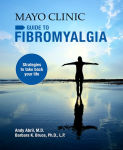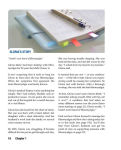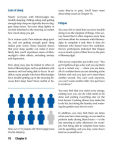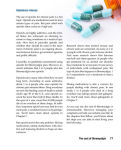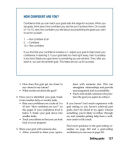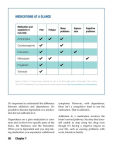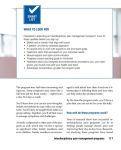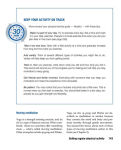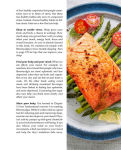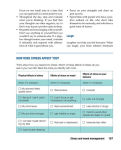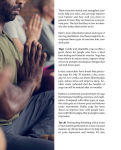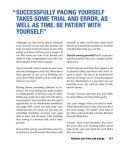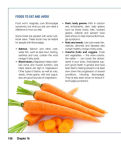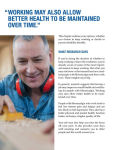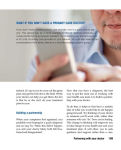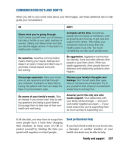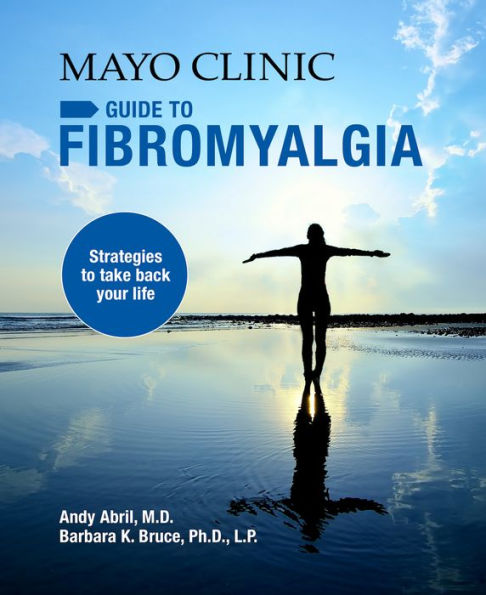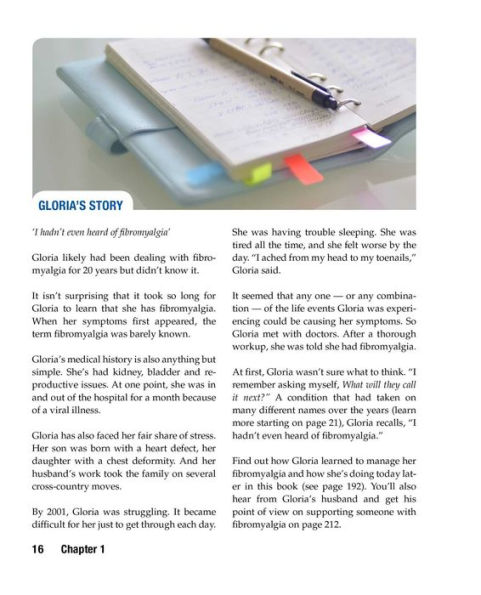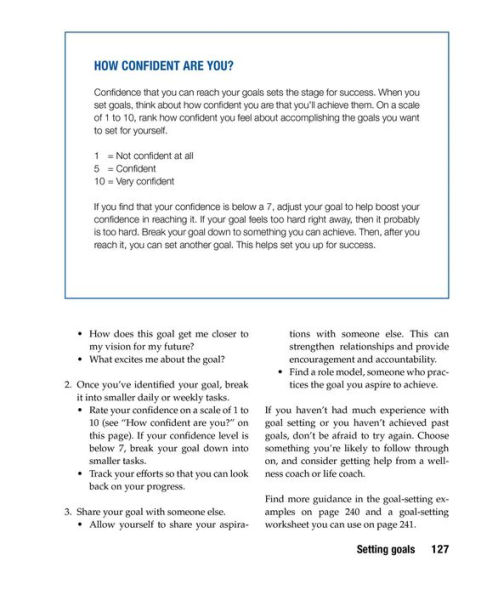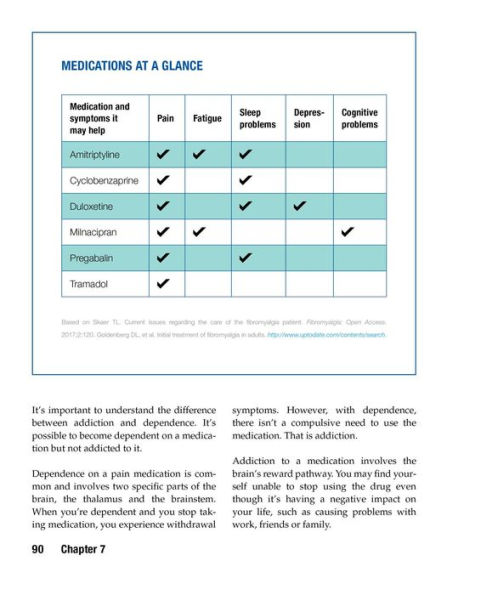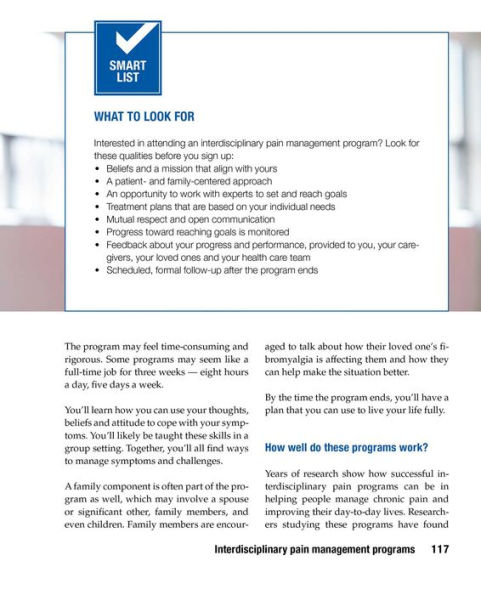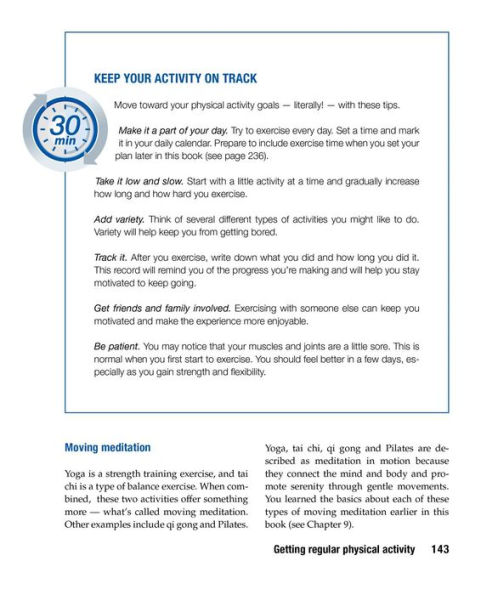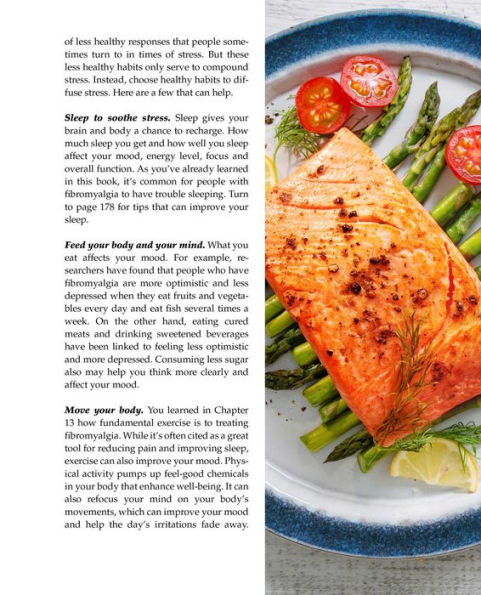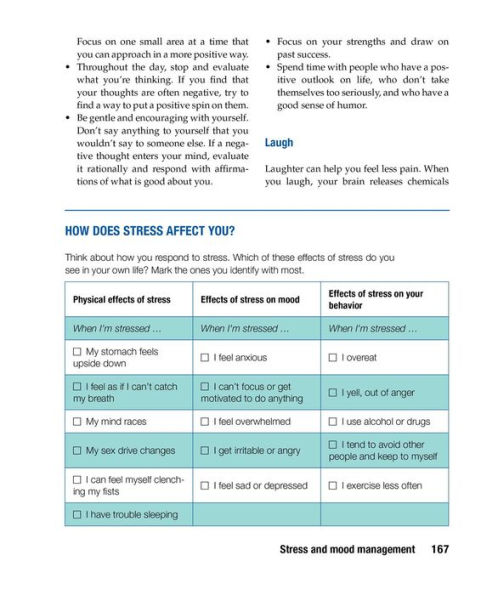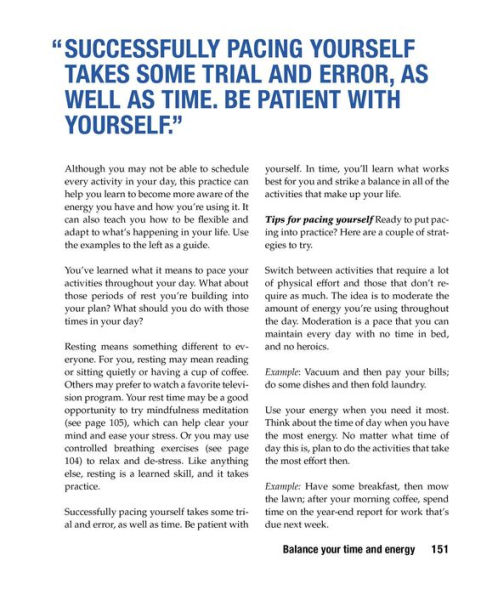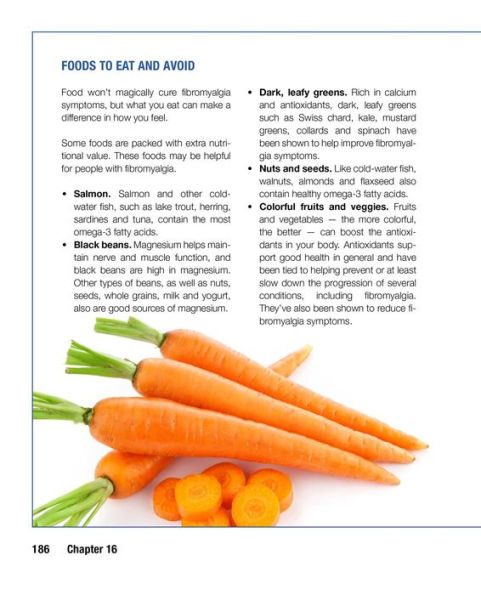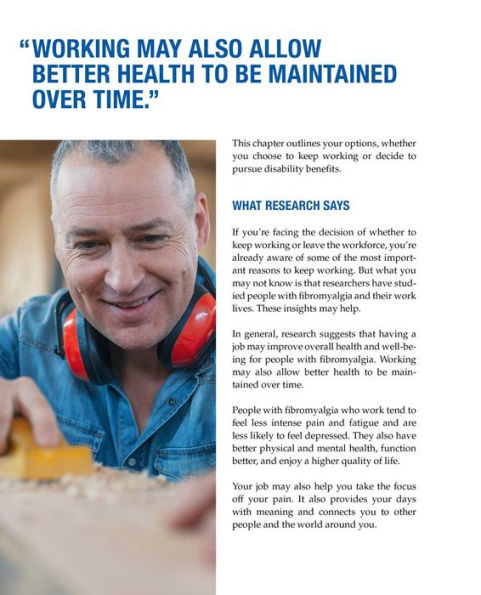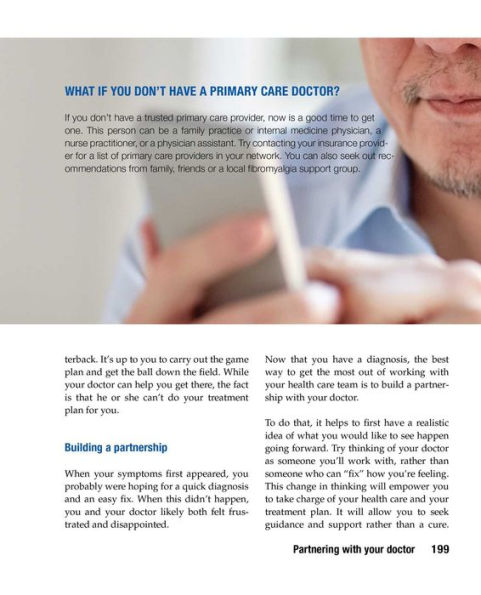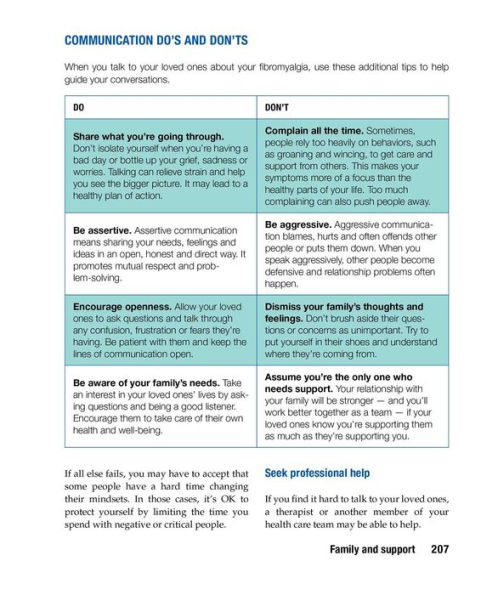Mayo Clinic on Fibromyalgia: Strategies to Take Back Your Life
Called the “invisible disease,” fibromyalgia is estimated to impact more than 10 million Americans. And yet, so much is still misunderstood about this chronic disorder. Mayo Clinic Guide to Fibromyalgia is an invaluable resource for understanding fibromyalgia and its debilitating symptoms.
Those living with fibromyalgia know it is an invasive disorder, one that can cause overwhelming fatigue, joint stiffness, sleep problems, migraines, digestive problems, and troubles with memory and concentration, a symptom so common it is often referred to as “fibrofog.”
While it's believed that humans have suffered from fibromyalgia for hundreds, even thousands, of years, a delay in medical research means many people living with fibromyalgia are still in the dark, confused by their symptoms and what causes the painful disorder.
By drawing upon decades of advanced research in studying and treating fibromyalgia, Mayo Clinic Guide to Fibromyalgia combines anecdotes from real cases with expertise from Mayo Clinic’s rheumatology and chronic pain experts to provide an all-encompassing guide for understanding one of the most common chronic illnesses affecting Americans today.
This book also offers reasonable, proven strategies—like worksheets to help readers craft a personalized daily plan—for managing common fibromyalgia symptoms, while serving as a comforting guide for those who may feel alone in their journey with fibromyalgia.
This book breaks down what fibromyalgia is—and isn’t—in 4 separate sections:
If you’re struggling to advance past your painful fibromyalgia symptoms, get the book Publisher’s Weekly described as “the first [book] a newly diagnosed patient should consult.”
1142377327
Those living with fibromyalgia know it is an invasive disorder, one that can cause overwhelming fatigue, joint stiffness, sleep problems, migraines, digestive problems, and troubles with memory and concentration, a symptom so common it is often referred to as “fibrofog.”
While it's believed that humans have suffered from fibromyalgia for hundreds, even thousands, of years, a delay in medical research means many people living with fibromyalgia are still in the dark, confused by their symptoms and what causes the painful disorder.
By drawing upon decades of advanced research in studying and treating fibromyalgia, Mayo Clinic Guide to Fibromyalgia combines anecdotes from real cases with expertise from Mayo Clinic’s rheumatology and chronic pain experts to provide an all-encompassing guide for understanding one of the most common chronic illnesses affecting Americans today.
This book also offers reasonable, proven strategies—like worksheets to help readers craft a personalized daily plan—for managing common fibromyalgia symptoms, while serving as a comforting guide for those who may feel alone in their journey with fibromyalgia.
This book breaks down what fibromyalgia is—and isn’t—in 4 separate sections:
- Section 1 introduces fibromyalgia, the history and modern discoveries of fibromyalgia research, as well as common myths and misconceptions associated with the condition
- Section 2 outlines the different treatment options available to those who suffer from fibromyalgia, including prescription medications, therapies, and forms of integrative medicine
- Section 3 offers helpful tips for managing—and improving—chronic pain through diet, exercise, sleep, and stress management
- Finally, Section 4 explains how to find guidance and support from your family, friends, and physicians to help you live a life unhindered by fibromyalgia
If you’re struggling to advance past your painful fibromyalgia symptoms, get the book Publisher’s Weekly described as “the first [book] a newly diagnosed patient should consult.”
Mayo Clinic on Fibromyalgia: Strategies to Take Back Your Life
Called the “invisible disease,” fibromyalgia is estimated to impact more than 10 million Americans. And yet, so much is still misunderstood about this chronic disorder. Mayo Clinic Guide to Fibromyalgia is an invaluable resource for understanding fibromyalgia and its debilitating symptoms.
Those living with fibromyalgia know it is an invasive disorder, one that can cause overwhelming fatigue, joint stiffness, sleep problems, migraines, digestive problems, and troubles with memory and concentration, a symptom so common it is often referred to as “fibrofog.”
While it's believed that humans have suffered from fibromyalgia for hundreds, even thousands, of years, a delay in medical research means many people living with fibromyalgia are still in the dark, confused by their symptoms and what causes the painful disorder.
By drawing upon decades of advanced research in studying and treating fibromyalgia, Mayo Clinic Guide to Fibromyalgia combines anecdotes from real cases with expertise from Mayo Clinic’s rheumatology and chronic pain experts to provide an all-encompassing guide for understanding one of the most common chronic illnesses affecting Americans today.
This book also offers reasonable, proven strategies—like worksheets to help readers craft a personalized daily plan—for managing common fibromyalgia symptoms, while serving as a comforting guide for those who may feel alone in their journey with fibromyalgia.
This book breaks down what fibromyalgia is—and isn’t—in 4 separate sections:
If you’re struggling to advance past your painful fibromyalgia symptoms, get the book Publisher’s Weekly described as “the first [book] a newly diagnosed patient should consult.”
Those living with fibromyalgia know it is an invasive disorder, one that can cause overwhelming fatigue, joint stiffness, sleep problems, migraines, digestive problems, and troubles with memory and concentration, a symptom so common it is often referred to as “fibrofog.”
While it's believed that humans have suffered from fibromyalgia for hundreds, even thousands, of years, a delay in medical research means many people living with fibromyalgia are still in the dark, confused by their symptoms and what causes the painful disorder.
By drawing upon decades of advanced research in studying and treating fibromyalgia, Mayo Clinic Guide to Fibromyalgia combines anecdotes from real cases with expertise from Mayo Clinic’s rheumatology and chronic pain experts to provide an all-encompassing guide for understanding one of the most common chronic illnesses affecting Americans today.
This book also offers reasonable, proven strategies—like worksheets to help readers craft a personalized daily plan—for managing common fibromyalgia symptoms, while serving as a comforting guide for those who may feel alone in their journey with fibromyalgia.
This book breaks down what fibromyalgia is—and isn’t—in 4 separate sections:
- Section 1 introduces fibromyalgia, the history and modern discoveries of fibromyalgia research, as well as common myths and misconceptions associated with the condition
- Section 2 outlines the different treatment options available to those who suffer from fibromyalgia, including prescription medications, therapies, and forms of integrative medicine
- Section 3 offers helpful tips for managing—and improving—chronic pain through diet, exercise, sleep, and stress management
- Finally, Section 4 explains how to find guidance and support from your family, friends, and physicians to help you live a life unhindered by fibromyalgia
If you’re struggling to advance past your painful fibromyalgia symptoms, get the book Publisher’s Weekly described as “the first [book] a newly diagnosed patient should consult.”
21.95
In Stock
5
1

Mayo Clinic on Fibromyalgia: Strategies to Take Back Your Life
272
Mayo Clinic on Fibromyalgia: Strategies to Take Back Your Life
272Paperback(Paperback Original)
$21.95
21.95
In Stock

Product Details
| ISBN-13: | 9781893005495 |
|---|---|
| Publisher: | Mayo Clinic Press |
| Publication date: | 09/24/2019 |
| Edition description: | Paperback Original |
| Pages: | 272 |
| Product dimensions: | 7.30(w) x 9.10(h) x 0.60(d) |
About the Author
From the B&N Reads Blog
